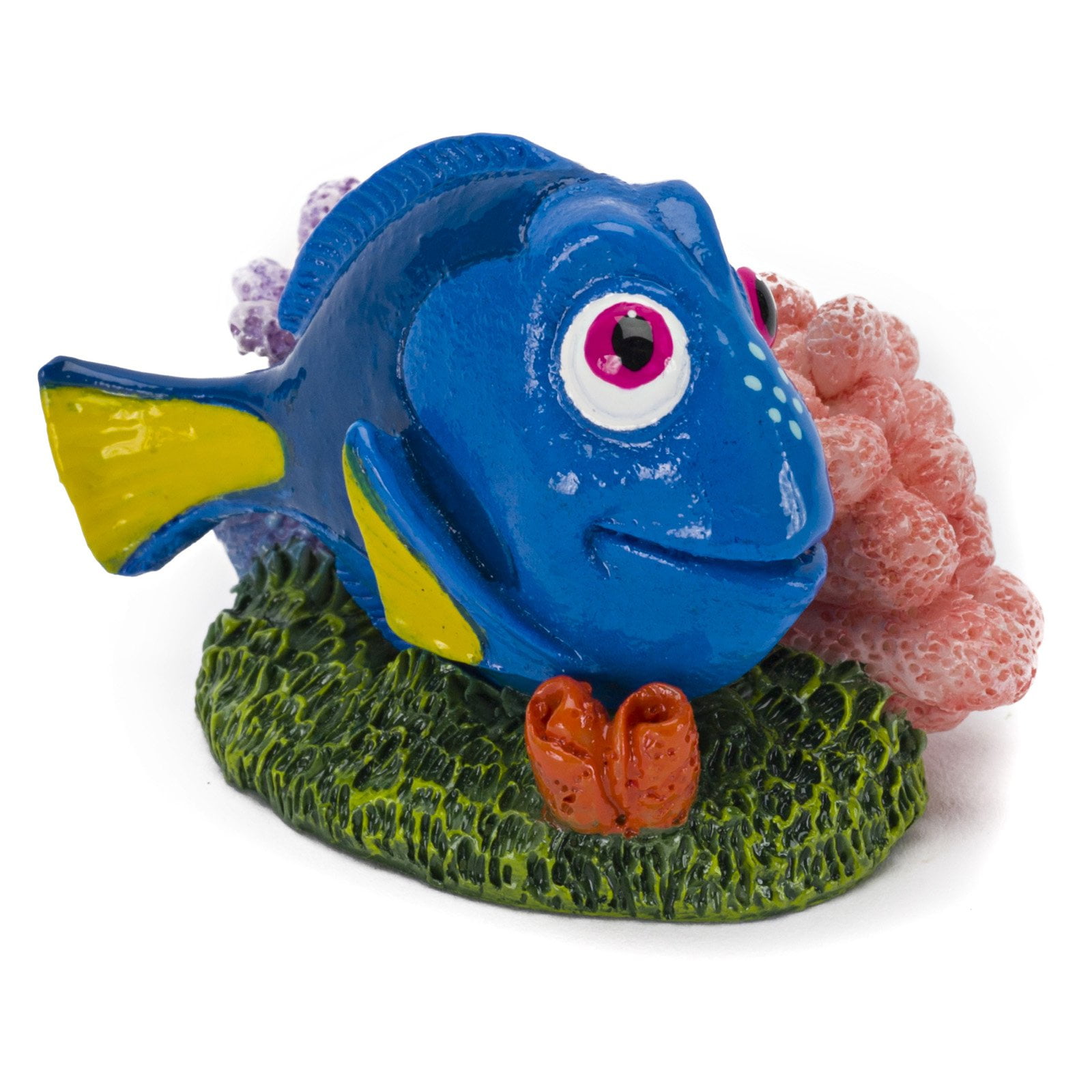

Each year millions of ornamental fish are taken from reefs globally to be kept in aquariums as pets, with 90% of fish sold in this trade coming from the wild. Saving Nemo raises awareness for the plight of aquarium fish species – including Nemo and Dory – as well as invertebrates – like anemones and corals.Ĭonservation aquaculture, or the sustainable breeding of clownfish, is a welcomed alternative to the wild harvesting of ornamental fish for the aquarium trade. However, they are hopeful that by getting out the word about the problems that come with keeping exotic fish for pets, audiences will walk away from Finding Dory with the right message this time.Saving Nemo began in 2007 as a clownfish breeding program at Flinders University and has since grown to be an educational program and research project. “This is because the blue tang fish release their eggs and sperm into the sea and this cannot be mimicked in a lab,” Burke da Silva tells the ABC.įor now, conservationists are bracing for a surge in popularity for exotic fish. However, Burke da Silva says this isn’t be the case with the blue tang, which cannot breed in captivity, the ABC reports.

While the demand for pet clownfish puts pressure on wild fish populations, that has eased off somewhat as exotic fish sellers began breeding clownfish. “It is used as a kind of anesthetic to knock them out so they can be easily collected in a short amount of time.” “They sometimes use cyanide poisoning to collect fish,” Burke da Silva tells the ABC. Now, conservationists are afraid the sequel might spur another rush on exotic fish being sought out as pets, further pressuring animals already struggling to survive in a fragile ecosystem. In 2012 alone about 400,000 clownfish were imported into the United States, making it America’s fifth-most imported species that year, according to the Australian Broadcasting Corporation (ABC). The last thing they need is to be plucked off reefs.” “Reef fish populations are already struggling due to warmer sea temperatures and ocean acidification caused by global warming.

“What most people don’t realize is that about 90% of marine fish found in aquarium shops come from the wild,” Carmen da Silva, a project coordinator with the Saving Nemo Conservation Fund tells Ben Child for The Guardian.

The fish have specific diets that can’t be replaced by regular fish food, and their underwater lives are completely different than many Pixar fans might think. The problem with keeping exotic fish such as clownfish (the group to which Nemo and his father, Marlin, belong) and blue tangs (like the forgetful Dory) as pets is that they aren’t as easy to care for as a goldfish. "It was about not taking Nemo out of the sea, but the opposite happened." "I think it was a big surprise, because the message from the film was a very good one about conservation," Karen Burke da Silva, associate professor in biodiversity and conservation at South Australia’s Flinders University, tells Travis Andrews for the Washington Post. Now, some conservationists worry that the upcoming sequel, Finding Dory, will put new pressures on exotic fish populations. And the movie’s success worsened their situation, making exotic fish even more popular as pets. While the plucky young fish and his friends eventually make their escape, many real-life clownfish aren't so lucky. Early on in Pixar’s Finding Nemo, the titular clownfish is taken from his home on the Great Barrier Reef, tossed into a plastic bag, and plopped into a fish tank.


 0 kommentar(er)
0 kommentar(er)
